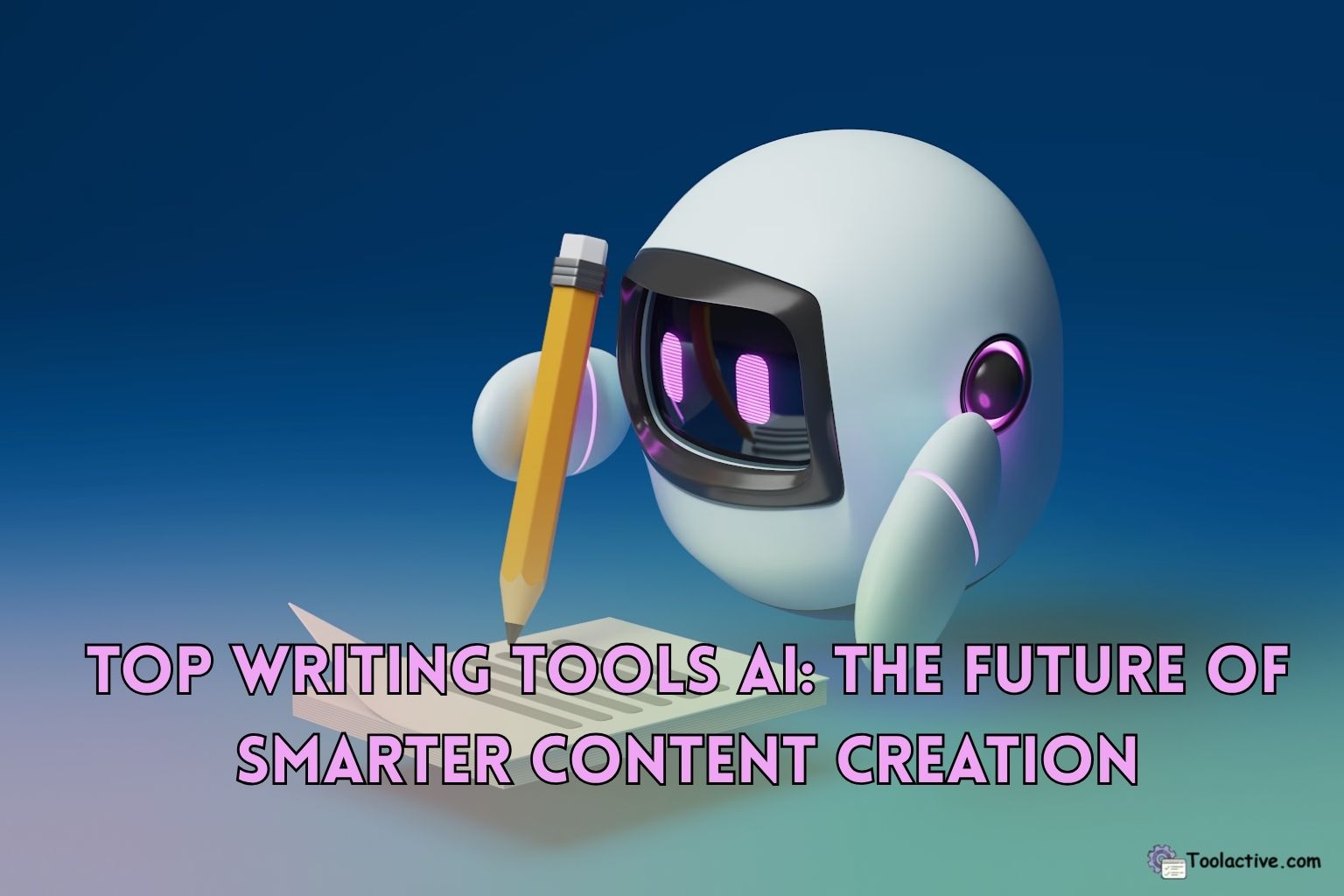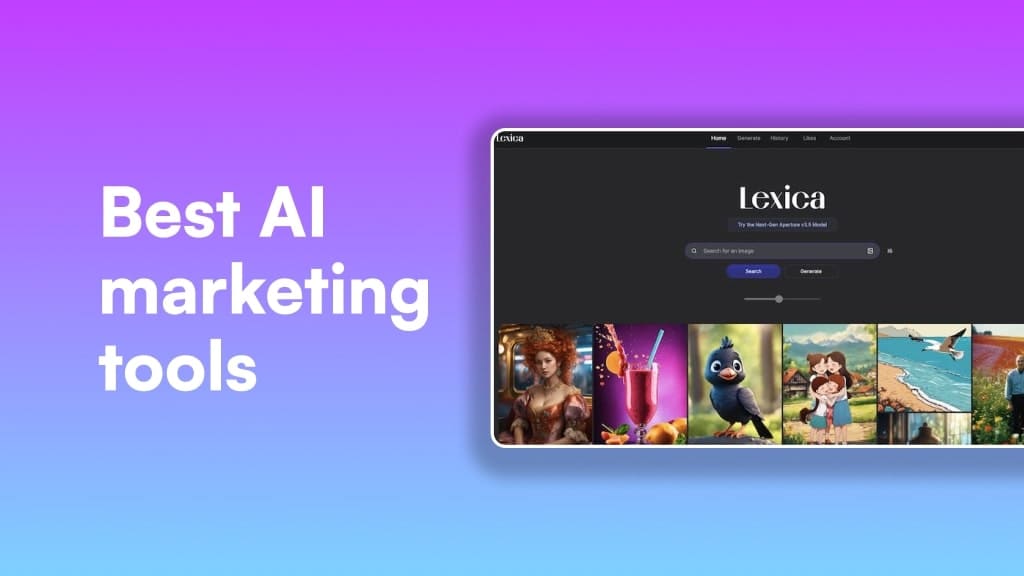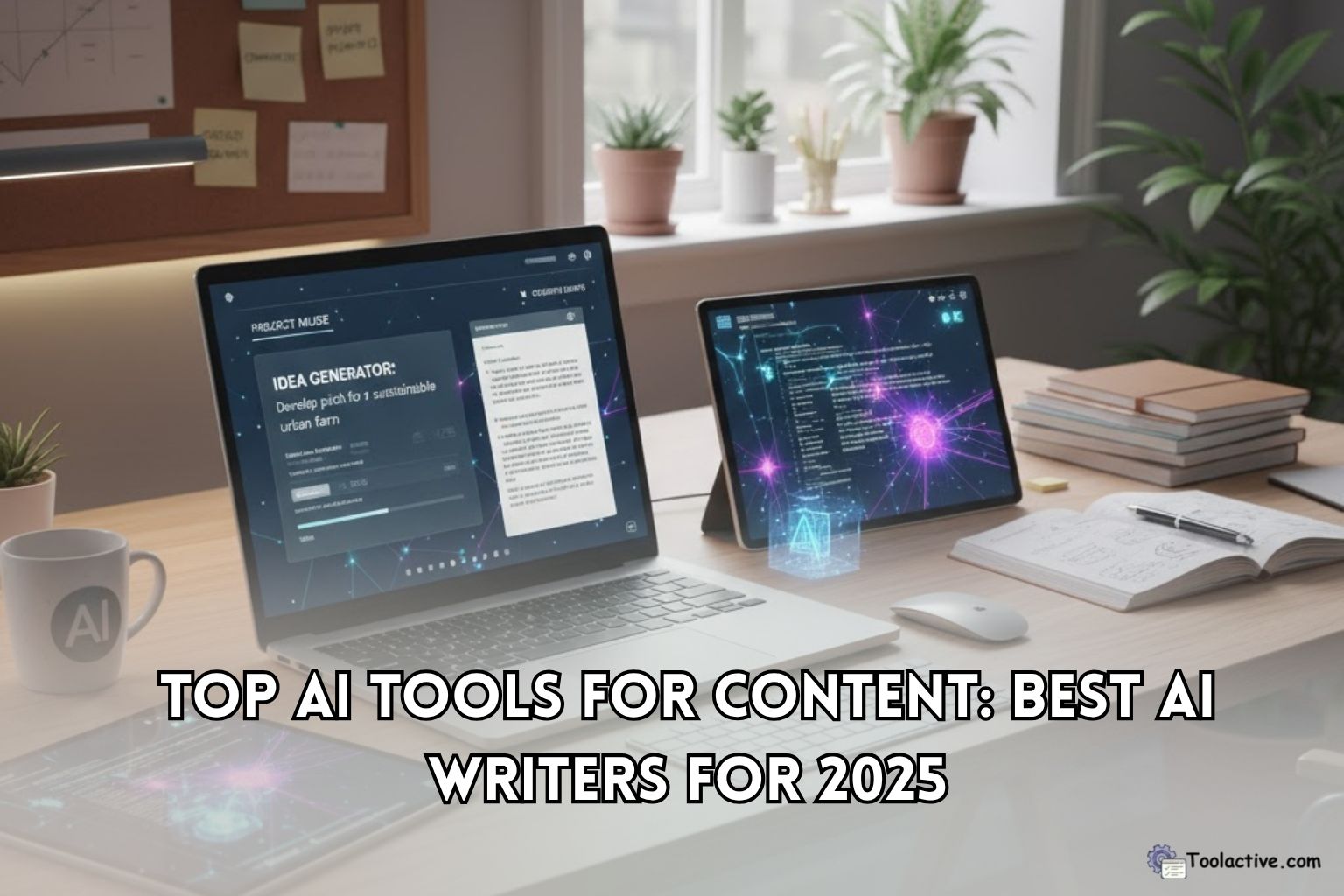With the rise of AI-powered programming tools promising to enhance developer productivity, more companies are adopting coding assistants to automate repetitive tasks. However, not all AI's are created equal. If you're not careful in your evaluation process, you could end up with a tool that doesn't meet your needs.
To make sure you select the coding assistant best suited to your work, here are 5 common mistakes to steer clear of:
Not Testing Capabilities
It's all too easy to get impressed by flashy marketing claims about what AI can accomplish for developers. However, vendors have incentives to paint their rosiest picture. Before committing to a purchase, you need hands-on experience evaluating a coding assistant's true abilities. Don't just rely on curated demo workflows - put the AI through meaningful tests mirroring your real work. As part of any trial period, design programs representative of your daily tasks from start to finish. See if the assistant can provide consistently helpful support throughout the full development cycle. This rigorous testing approach avoids post-purchase disappointment by highlighting if capabilities match exaggerated proposals.
With thorough experimentation, you can verify how well the AI understands varied coding queries, how proficient the generated code is, and how smoothly it meshes with your preferred tools. Benchmark time savings compared to going solo. Pay attention to both major and minor deficiencies that may hamper your productivity goals. Only after gauging strengths and limitations firsthand through personal projects can you feel confident a coding assistant is right for your long-term technical needs. Partnership requires commitment, so leave room for proper real-world tryouts before any purchase.
Being Swayed by Overhyped Marketing
While free trials allow hands-on evaluation, be cautious of marketed claims as well. Vendors have incentives to portray their products positively, so capabilities should be critically examined rather than assumed.
If an ad boasts independent app development, show skepticism. No technology currently exists without guidance. Thoroughly test sample tasks to validate reality matches promotion.
Independent research through case studies and user feedback provides a valuable perspective beyond producer marketing. Case studies demonstrating direct project involvement offer more credibility than curated demos.
By supplementing promotional perspectives with objective third-party insights and your own experimentation, a balanced view of strengths and limitations emerges. This leads to the informed selection of a suitably capable tool rather than reliance on ambitious but unverified statements alone. An appropriately skeptical lens is important when assessing hype versus demonstrable abilities.
Assuming Narrow Domain Expertise
While an AI may be touted as a coding assistant, the reality is that it will likely specialize in certain programming languages and frameworks over others. Before making a purchase decision, it's important to understand the true breadth and depth of a particular tool's expertise.
Don't just take the vendor's word that their product can assist with your specific development domain, such as experience building React apps or working with ASP.NET. Dig deeper to confirm it has substantive, practical knowledge of your technical stack and usual programming tasks, not just surface-level theoretical understanding.
Ask for examples of real, complex work the AI has experienced within your domain, not just simple demo programs. The last thing you want is to invest only to discover it can provide help with basic syntax but fumbles when tackling your actual complex coding challenges and design patterns.
Reliance on a Single Platform
No developer works within a vacuum; tools need to seamlessly fit into your existing workflow. Look for a coding assistant that offers true integration across environments rather than one locked into a single proprietary platform.
Flexible options allow using the AI from within your preferred coding applications like Visual Studio, Android Studio, or IntelliJ IDEA. They may also be accessible throughout various operating systems like Windows, MacOS, and Linux.
Being restricted to only the vendor's development platform could severely curb your options if needs or preferences change down the line. Demands evolve rapidly in software engineering. You don't want to outgrow an assistant yet face difficulty migrating due to a lack of portable implementation.
Evaluate options with open APIs and multi-platform documentation that empower bringing the tool into your unique coding process. Flexibility future-proofs your choice and investment by allowing natural adaptations alongside your evolving workflow. Portability assures long-term, unhindered value delivery.
When accessibility depends on a single provider's ecosystem, be cautious. Look for assistants designed with true cross-tool, cross-OS integration in mind from day one.
Disregarding Documentation
Proper documentation is key when adopting a new tool. Incomplete or lacking guides are red flags that should steer you away. Onboarding requires learning, so comprehensive written documentation eases adoption.
Quality documentation allows independent exploration of features, best practices, and troubleshooting without overreliance on vendor support. Opt for solutions where developers invested in documenting implementation and optimization.
Look for resources that not just facilitate setup but continued mastery. When issues arise, documentation empowers addressing them freely. It transforms a purchase from a risk to a dependable asset and thus deserves thorough evaluation equal to technical abilities. Demand robust documentation for long-term success.
In conclusion, taking the time to properly evaluate an AI coding assistant's capabilities, domain expertise, flexibility, and documentation will help you avoid common pitfalls that could undermine its value. Rigorous hands-on testing, independent research, and a skeptical lens on marketing claims are necessary to separate fact from hype. The right tool for your work should demonstrate strong practical skills through tangible examples, not just theories. It must suit your unique development needs today as well as allow room to evolve alongside future changes. When an assistant meets these criteria through evident strengths in all five key areas discussed, you can feel confident in its ability to enhance your productivity long-term as a reliable partner in code. Thorough vetting upfront saves headaches down the road and helps ensure a purchase decision you won't regret.












.jpg)

